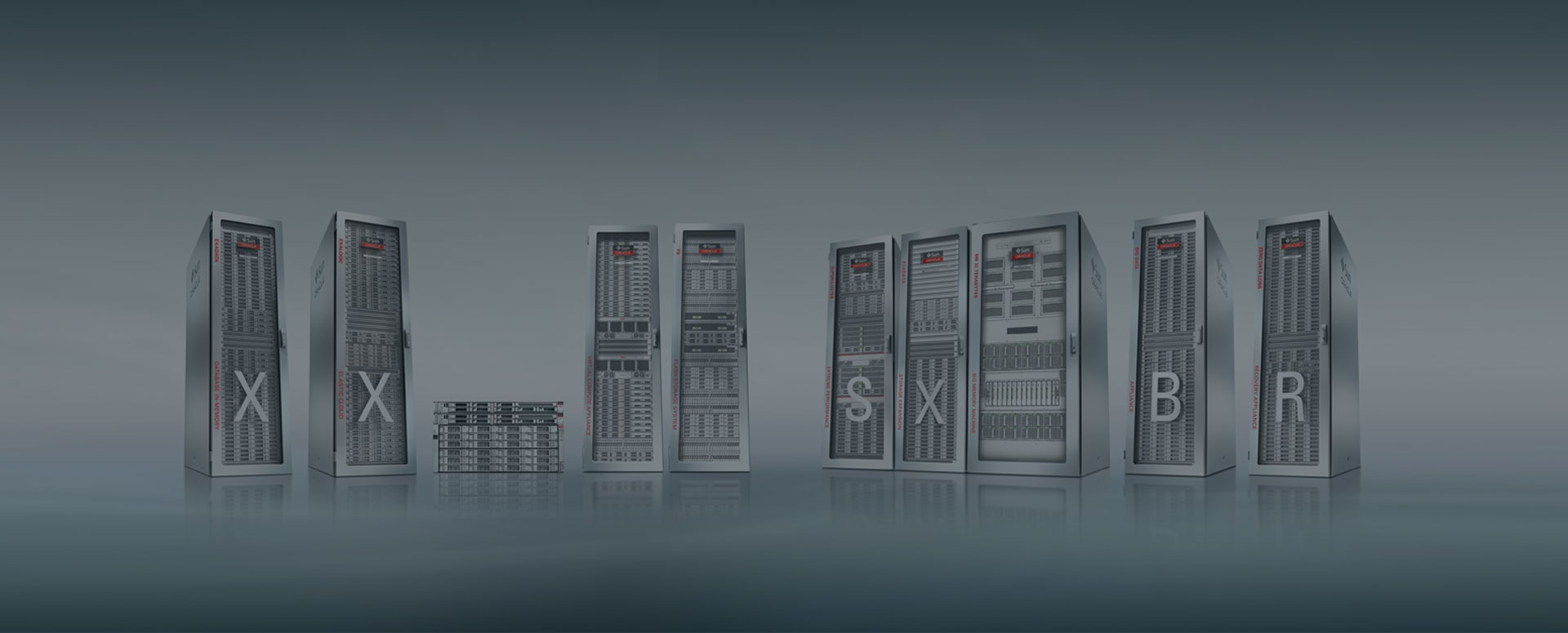
Migration of an Oracle Siebel Application for a Financial Services Company
Migrating a complex Oracle Siebel environment from an OnPremis data center to the AWS Cloud.
About the customer:
The Loyalty Partner GmbH, located in Munich, Germany, is a management holding firm whose subsidiary Payback GmbH operates the bonus program Payback. Another subsidiary, the Loyalty Partner Solutions, processes the customer card BahnCard with the programs bahn.bonus and bahn.bonus comfort as well as the Miles & More for the Deutschen Lufthansa AG (the airline Lufthansa).[1] Payback administrates the customer data for partner firms, which can i.e. be used for marketing purposes or for examining the effectiveness of advertisement.
Loyalty Partner Solutions offer the following services: consultation, development, implementation and the operation of customer management solutions as well as the processing of complex CRM processes. The branch focus is placed in the areas of retail, travel, and transportation.
Challenge:
By the middle of 2017, an Oracle Exadata solution was implemented in the OnPremise datacenter so as to process the very large amounts of data in an extremely short period of time. By the end of 2018, the decision was made to terminate the datacenter in 2020. One of the possible options was to migrate the application to the Cloud. In addition to Azure and Oracle, the decision was then made to set up a test environment in AWS.
The goal of the test phase was to determine whether the very high-performance values of the physical Oracle Exadata solution could be achieved with AWS technologies. After a successful test phase, the subsequent migration to AWS was to take place. In the event of a negative result, the application would have to continue to be operated in a physical datacenter.
The Implementation:
In close cooperation with the customer, the PROTOS Technologie GmbH created a test environment project that corresponded with the customer’s circumstances. A re-factoring of the landscape was not possible due to the complexity. The focus was placed on the performance values in der Oracle database. The use of i3 bare metal instances using the NVME memory (Instance Store), an optimized Linux operating system for Oracle, and various performance optimization in the database module ultimately led to the desired result.
The NVME is preheated after a possible restart of the instances and reinitialized using a dump file. All reading processes are stored in the NVME memory. Only writing processes use EBS volumes, which are provided as stripe volumes on the servers. With this design, we were able to achieve the performance values of the physical Oracle Exadata solution.
The associated Siebel environment consisting of several individual applications was also first migrated in a Lift&Shift scenario. Existing physical F5 load balancers were replaced with AWS application load balancers. All Siebel application servers required active directory services. These were mapped by AWS Standard Active Directory Services, including a necessary Active Directory schema extension for the Siebel applications.
The prior, classic Windows File Server solution has been replaced by the AWS Service FSx for Windows. End-to-end encryption of all communication relationships within the Oracle Siebel environment that had not been available in the OnPremise environment was also implemented during the test phase. Due to the performance values achieved, the successful implementation of the end-to-end encryption and the successful provision of the entire Siebel application environment, a decision was made in mid-May of 2019 to migrate the environment to the AWS environment.
Outcome:
The migration of the productive environment from the previous on-premise datacenter will start in July, 2019. It should be completed by December, 2019. The integration of AWS Service services such as the Managed Active Directory Service, FSx for Windows File System Service, application load balancers, autoscaling groups, and S3 storage capacity will lead to a considerably better availability of the individual application levels.
The previous application design is very static. Via the use of AWS Service services, dynamic scaling can now be implemented without increased effort. The internal IT security and compliance has also been optimized via real time change and event monitoring using AWS CloudTrail, AWS Config, AWS CloudWatch Event Rules, and AWS System Manager. The newly implemented end-to-end encryption of the entire application landscape also plays a crucial role.